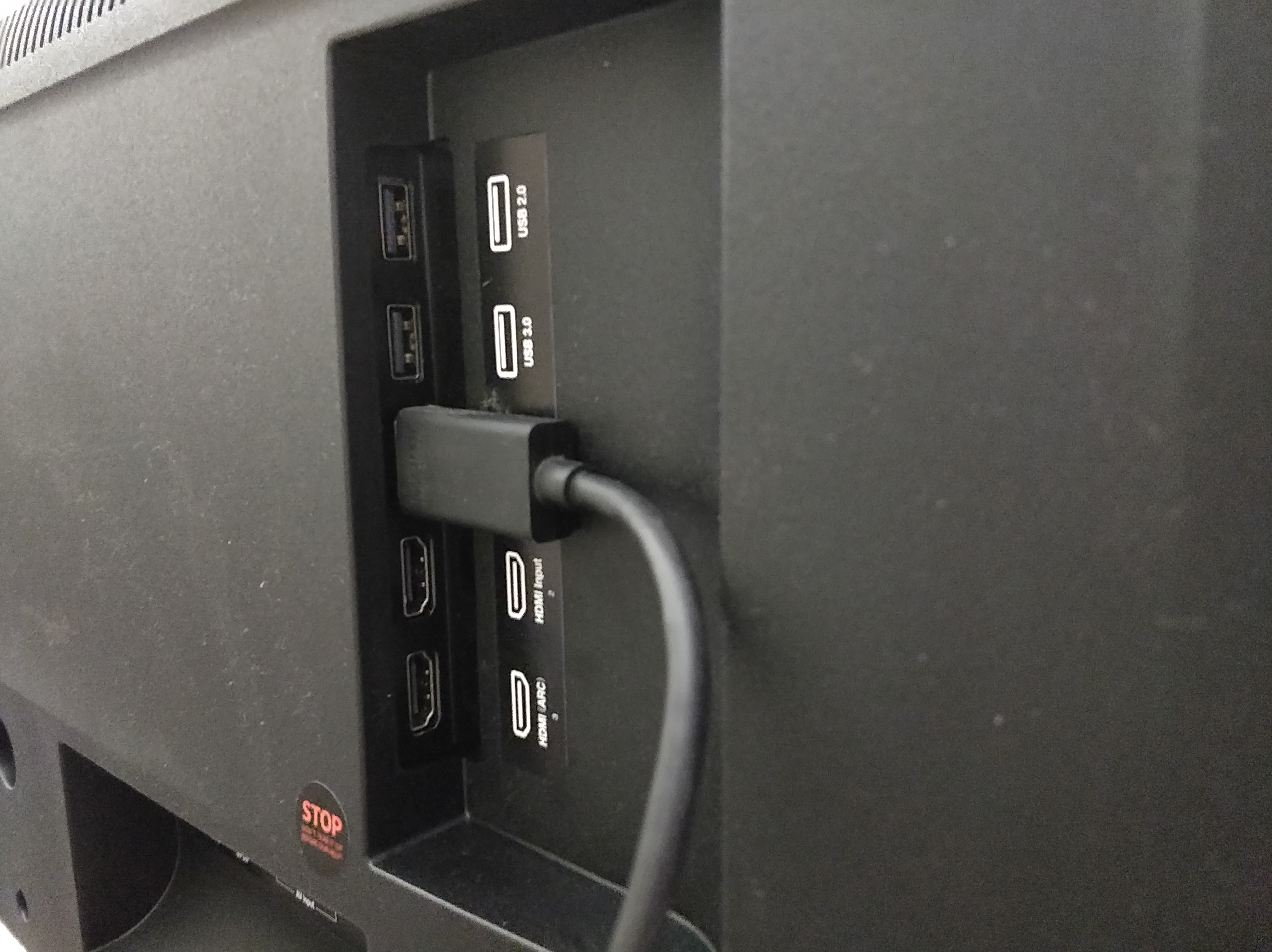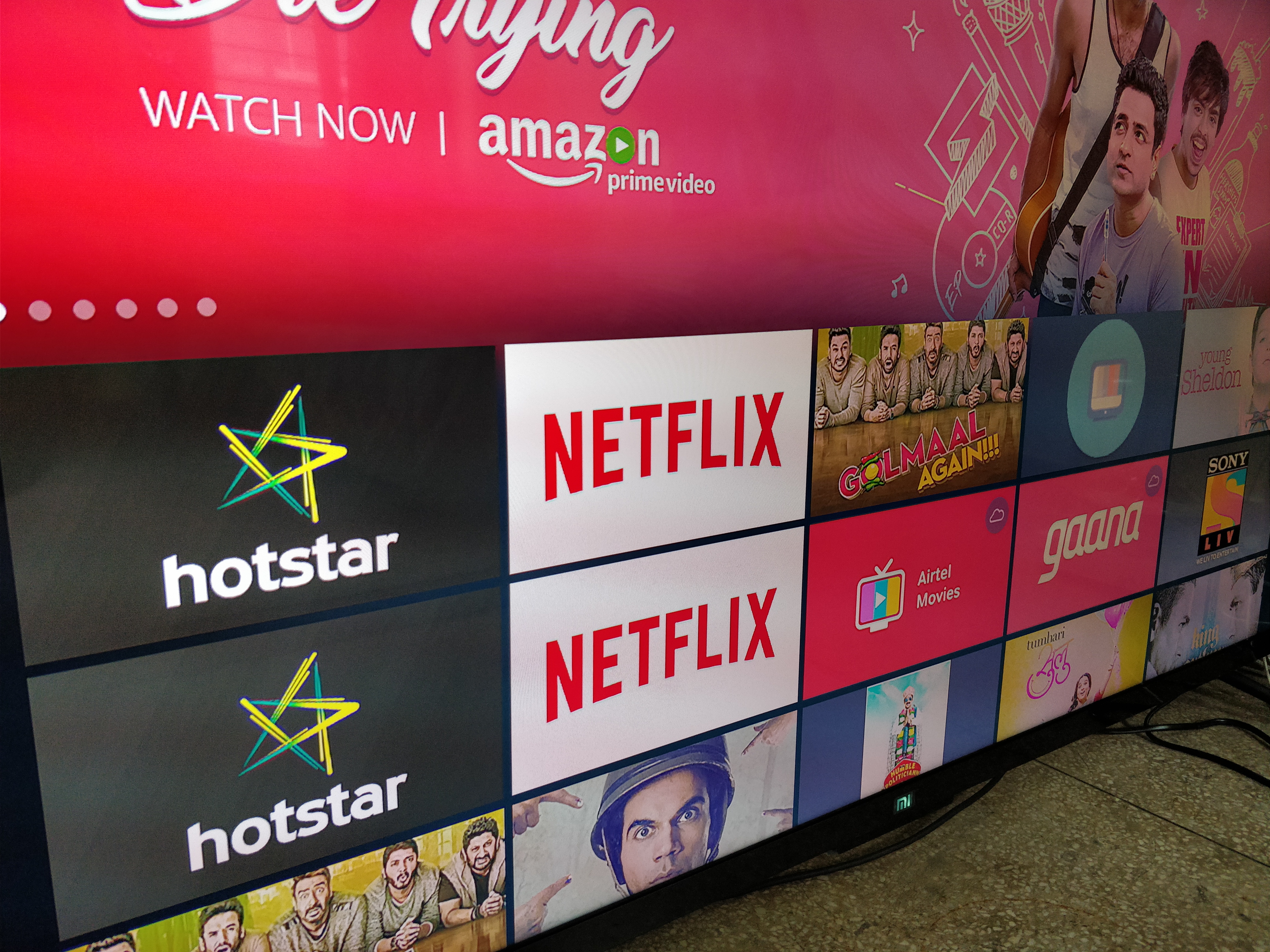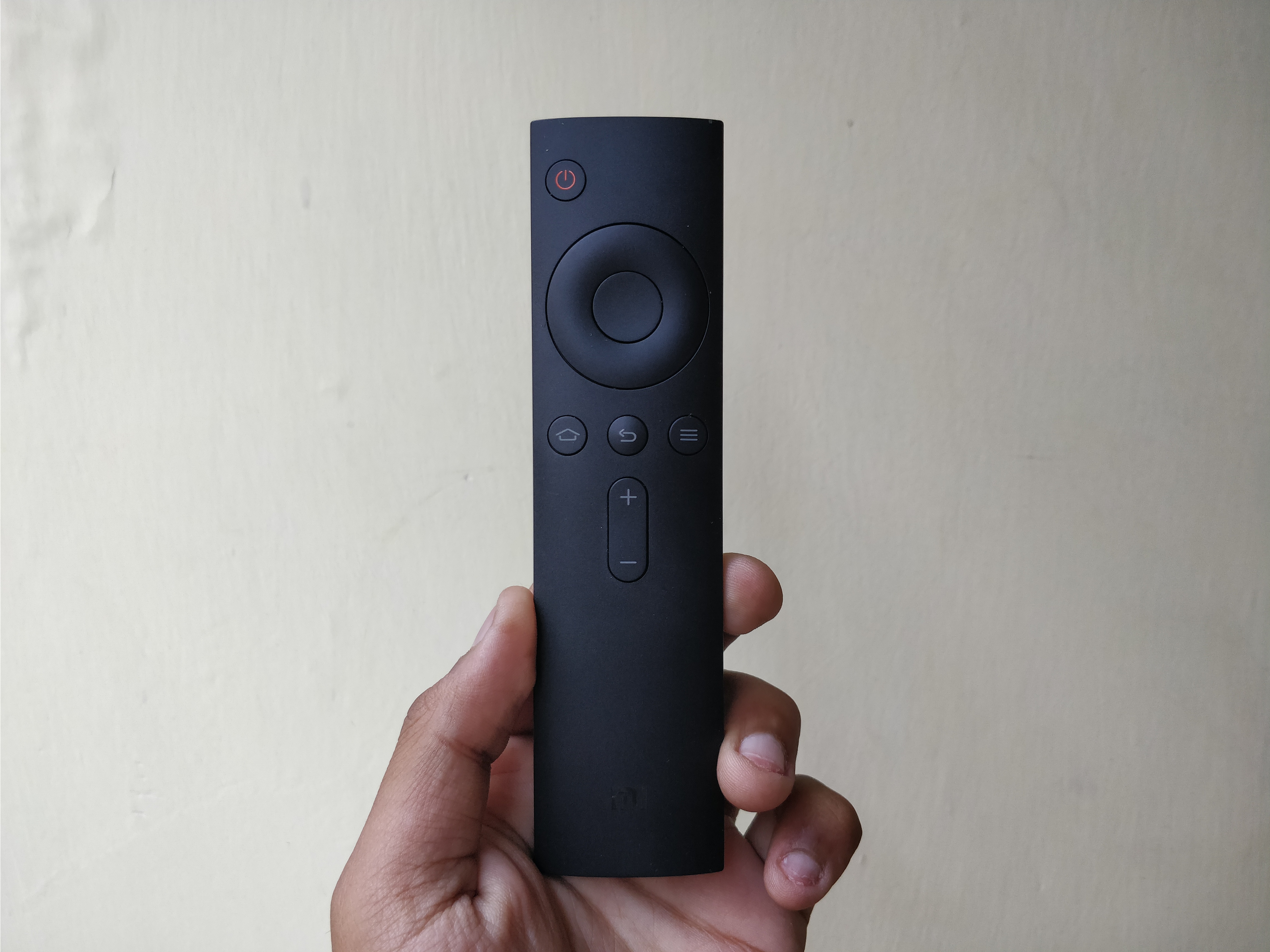Xiaomi Mi LED TV 4
Xiaomi's Mi TVs are TVs in name only. Much like LeEco's strategy before it, the television is a content delivery mechanism for the company. In fact, Xiaomi has often cited the lack of content partnerships as the primary reason for not bringing these TVs to India. But they're here now, starting with the Mi TV 4A. So, Xiaomi must think it's ready.
At the time of writing this, I've used the Mi TV 4A for under a week. While it is an interesting device indeed, it's part of what I often call the "new Xiaomi", one that doesn't really dazzle anymore. It still makes good products, but that wow factor is truly gone. The Mi TV will be competitive, but it won't be life changing.
That red dot award...
Yes, this is the television that won the Red Dot Award some time back. It's as slim as the slimmest TVs on the market. At 4.9mm, it's basically just a screen, but it thickens near the bottom to fit the ports and internal architecture.
While it is obviously meant to be wall mounted, you do get a stand with this one. The frame is slim so that the screen feels all the more impactful. And it all works, just not in a premium, Sony Bravia A1 kind of way.
Simply put, the Mi TV 4 is premium for its price. But just like the erstwhile LeEco televisions, it looks better in pictures. In short, while you won't be disappointed with the design, don't be surprised if you're not blown away either.
Ports

With three HDMI and USB ports each, the Mi TV provides ample connectivity options. You also get an ethernet port, just in case the WiFi wasn't working for you. While there's ample port support here, the placement is somewhat problematic.
The HDMI and USB ports lie in a socket on the back of the TV, facing outward. This can easily get in the way of various HDMI cables and devices. For instance, my Fire TV Stick can't be connected to any of these ports, because there's just enough space. Even using a connector, I had to struggle to get the right fit. While I was able to connect the Xbox One without a connector, it still took some work.
It's not really a big issue, but a slight misstep that some may not like. For set-top-boxes and consoles that don't need to be disconnected often, it's a one time hassle. It is important for devices like the Chromecast etc. I often saw horizontal lines while playing content from the FireTV Stick, which I fixed by reconnecting it.
Watching content on the Mi TV...

As mentioned earlier, Xiaomi's televisions are content delivery systems. In essence, the TV is just another screen for the company to extend its ecosystem. In India though, it's just like any other television. The content offerings here aren't owned by Xiaomi, so it's unlikely that the company is making a lot of money from them. At least not unless it sells enough of these TVs.
The TV runs on Xiaomi's PatchWall user interface, which serves content based on what you watch. From the offset, you will see content offerings from Sony Liv, Viu, Voot and Hungama on the home screen. Xiaomi actually has quite a few content partnerships here actually, but none that actually dazzle.
You see, Hungama, Voot, Viu and even Sony Liv, do not deliver the quality of content you want from these TVs. While you do get HD and 1080p content from them, Netflix, Prime Video and Hotstar are quite noticeably better, not just in terms of resolution, but in other ways too, including content selection.
For the record, Xiaomi says Hotstar and Prime Video will be added soon. Yet, the TV doesn't have an app store, so you won't be able to install additional apps, without some tinkering. If there was a TV for the enthusiasts, this is the one.
But content offerings aside, my pet peeve here is the interface itself. It looks unfinished, unattractive and frankly, shoddy. Thumbnail images are low resolution, while fonts lack styling. Yes, there are no bugs or lags to speak of, but the UI just doesn't feel like Xiaomi put time into it. Compared to MiUI, this just feels like an unfinished product and ruins the overall experience.
Why does this matter?
Am I nitpicking? Yes, I certainly am. But the UI is integral to a smart TV, much more than it is in phones. The TV is a visual experience, from top to bottom. If it doesn't look good, it doesn't feel good. Maybe that's just me, but I do expect more from Xiaomi.
Admittedly, it's an incredibly fast UI, but that's about all there is to it.
Picture Quality
When I saw the original Mi TV, I was truly dazzled. Again, this is probably just me, but I do expect Xiaomi's devices to be closer to flagship class. In that respect, the Mi TV is far behind offerings from Sony, LG or Samsung. To be clear, it's still a great TV for the price, I'm just warning you against having too high expectations.
Colours and contrast on the Mi TV 4 are decent. If you're upgrading from cheaper offerings from Vu etc, you will actually see a fair difference here. Yet, it's nothing like the Samsung QLEDs and a far stretch from OLED TVs from Sony and LG.
I tweaked the settings a bit, but could often see clouding on the screen. Screen uniformity is not the Mi TV 4's forte and you won't unsee this if you've spotted it once. The Mi TV produces decent black levels, but it's seriously hampered by clouding. The Panasonic Shinobi Pro series produces better contrast and colours, though they support 1080p resolution only.
For the uninitiated, clouding is the effect where you see brighter patches on parts of the screen.
Overall, though I was personally expecting more, the Mi TV 4 is certainly a good TV. If Xiaomi can sell this anywhere around the Rs. 60,000 mark, it's still a competitive offering. 4K HDR TVs in India are usually sold at over Rs. 1 lakh, so the value proposition would still be tough to ignore.
Audio Quality
For small to medium-sized rooms, the Mi TV 4 is quite enough. Audio isn’t very detailed, but it works for watching TV in general. Like most TVs in India, it does the job for watching movies or videos, but if your ears are better tuned, you may want to add speakers or a home theatre unit. You can’t really tune the audio quality much. The TV supports Dolby audio, but the settings don’t make a big difference here. The “voice enhance” option makes voices louder, while the surround option doesn’t seem to make a big difference. There is an equaliser though, which can be handy.
Remote and Usability

The best smart TVs always try to do everything with a single remote and so does the Mi TV 4. However, here again, I go back to the fact that this is an unfinished system.
For instance, the remote can control my FireTV Stick for basic navigation, but there's no way to pause a video on Hotstar. And pressing the "up" button somehow brings up the resolution and subtitle options. Navigation is fine as long as I'm scrolling through content, but the deeper applications are often missing.
Xiaomi's looks and feels the same as Amazon's FireTV remote, but it has a volume controller too. It connects to the TV via Bluetooth, so you can use it without actually pointing to the TV.
If you're buying this TV, you should buy a couple of AAA batteries beforehand. Interestingly, Xiaomi doesn't bundle batteries with this television.
Verdict
Update: At the time of writing this, I didn't have the price of the Mi TV. Now that we do, it's value proposition goes up incrementally. At Rs. 39,999, this is without a doubt one of the most value for money offerings out there. TCL's Android TVs offer better picture quality in some ways, but without content support. The Mi TV is for those who don't want to use set top boxes.
Simply put, the Xiaomi Mi TV 4 is a good TV for the price. Yet, it's sad to see that Xiaomi is just one amongst many now. The Mi TV 4 doesn't dazzle, which is not a problem, as long as you keep your expectations in check.
That said, in the larger scheme of things, it's a value for money television, which is what matters.
0 comments:
Post a Comment